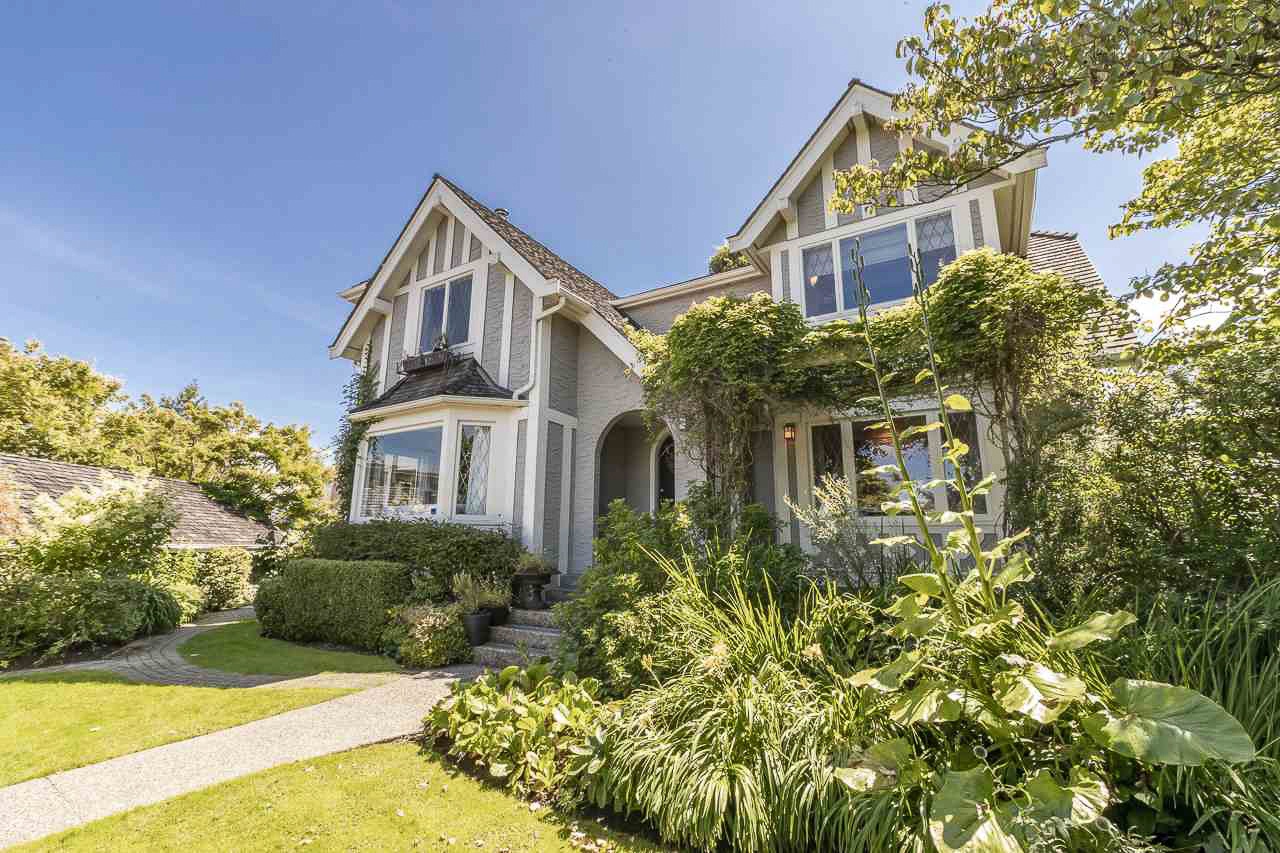Post-Victorian era Vancouver was a bustling young city, filled with much promise and growth. A lot of what was started during the 1910s led to the city we know today.
Building modern Vancouver
In the early 20th century, Vancouver was marked by numerous milestones brought about by industrialization, war, and the never-ending quest for improvement. The booming economy, thanks to a boost in trade and industrialization, helped Vancouver construct its modern city, from its first skyscraper in 1910, the Dominion Building, to the completion of the Canadian National Railway station in 1919.
Innovation wasn’t just limited to infrastructure. There was a hunger for higher education, to create a space to hone the minds of Canada’s future. In 1915, the first campus of the University of British Columbia opened in Vancouver. Today, UBC is North America’s top university with the most international students, consistently ranking among the top 20 public universities in the world.
But in all this creation, there was a lot of destruction, too. Britain entered World War I in 1914, dragging Canada – and Vancouver – along with it. This led to the bloodiest conflict in Canadian history, taking the lives of 60,000 Canadians. Back in Vancouver, the war effort rebuilt the city into “spaces of militarism and patriotism,” as the town’s historical business district became part of various home front activities.
Through all this change, Canada emerged from the war a stronger, more independent nation.
Vancouver’s growth spurt
Vancouver has been growing for quite some time, but the Panama Canal’s completion in 1914 boosted the economy even further. It shortened voyages between British Columbia and Europe, creating a boom in Vancouver’s grain exports. This increased trade naturally led to increased workers, with the BC population growing from 180,000 to 400,000 between 1901 to 1911. Vancouver had the highest number, accounting for 111,000 people.
Celebrities in Vancouver
Because Vancouver was a port city, it was usually the first stop for many travellers worldwide. There’s even a record of its famous visitors here. Among them were up-and-coming comedians Charlie Chaplin and Stan Laurel, who started their career touring North America with Fred Karno’s entertainment troupe in the early 1910s.
But perhaps one of the most buzzed-about visits at the time was from Anna Pavlova, the world-famous ballerina. The city would never forget her first visit in 1910 when her performances at the Opera House blew the audiences away. Pavlova loved Vancouver, too, and she came back to the city for two more visits.
Vancouver’s dark past
But even with a vibrant culture where people came and went, not everyone was made welcome. In 1914, over 350 Indian passengers aboard the Japanese steamship Komagata Maru were denied entry to Vancouver. One of the most notable events of Canada’s racist past, it serves as a reminder that equality has always been a difficult goal to achieve.
The Komagata Maru incident has paved the way for South Asian immigrants to demand for their rights and create a space for themselves in Canadian history. By 2016, South Asians are one of the two largest visible minority groups in BC.
Making a home in 1910s Vancouver
For those who were fortunate to call Vancouver home, there were a variety of house styles that were popular in the time period. These houses usually had a boxy building shape, an attached front porch, and front gabled low-pitched roofs.
View Property Listings From The 1910s
View On MLS Map
If you’re not seeing any property results on this page, it means there aren’t any current listings for this search query. Please visit our MLS map property search to expand your search past this area.



